Home By Geneva >> How to Properly Pick a Paint Color
Choosing the right paint color for your home is more than just picking out a shade you like; it’s about creating a mood, enhancing space, and complementing your home’s style and furnishings. With countless colors available, the selection process can be overwhelming. This guide will walk you through the steps to properly pick a paint color, ensuring you make a choice you’ll be happy with.
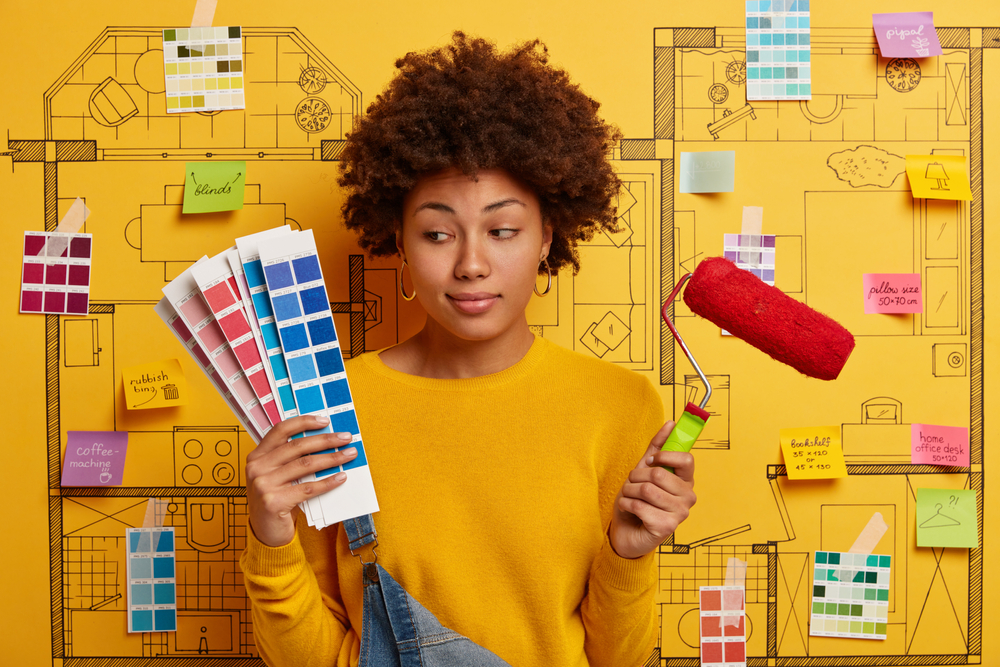
Understanding the Basics of Color Theory
- Color Wheel Basics: The color wheel is a fundamental tool for understanding color relationships. It can help you choose complementary, analogous, or triadic color schemes for your space.
- Warm vs. Cool Colors: Warm colors (reds, oranges, yellows) can create a cozy atmosphere, while cool colors (blues, greens, purples) tend to evoke calmness and relaxation.
The Importance of Lighting in Color Selection
- Natural Light vs. Artificial Light: The type of light your room receives can dramatically affect how a paint color looks. Rooms with plenty of natural light will show the truest color, while artificial lighting can alter perceptions of color.
- The Impact of Light Direction: The direction of natural light (north, south, east, west) can influence how colors appear at different times of the day.
Considering the Room’s Function and Mood
- Color Psychology: Different colors can affect our mood and behavior. For instance, blue can be calming, making it a good choice for bedrooms, while yellow can evoke happiness and creativity, suitable for kitchens or home offices.
- Matching Color to Room Purpose: Select colors that support the function of the room. For example, serene blues and greens are perfect for bathrooms or relaxation spaces.
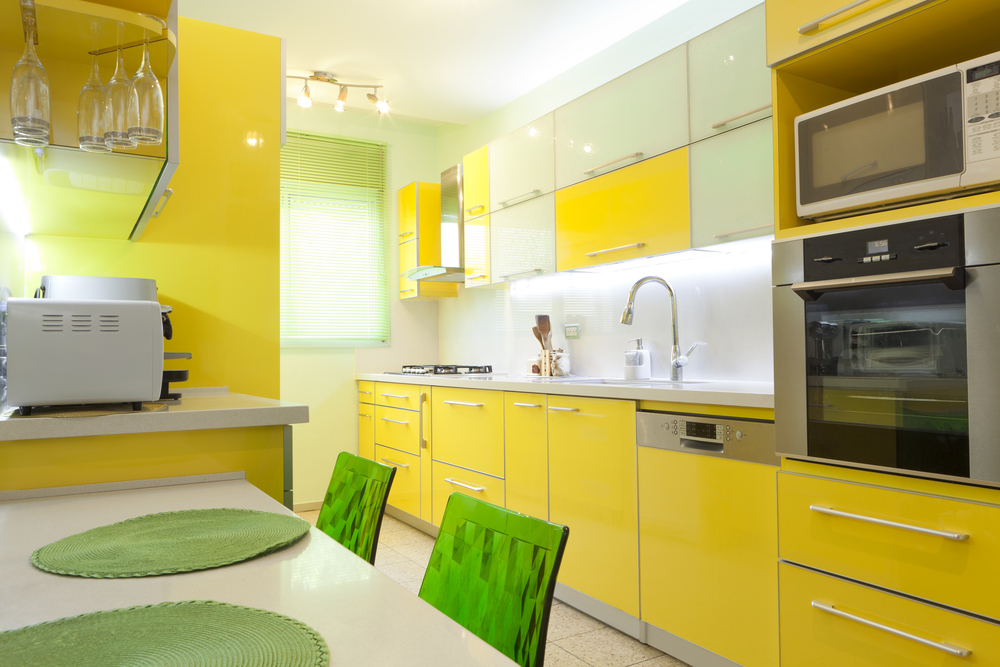
Color Trends and How They Influence Choices
- Current Color Trends: Stay informed about the latest color trends, but choose something that you’ll still love as trends change.
- Historical Color Influences: Historical and cultural contexts can also inspire color choices, adding depth and narrative to your space.
The Role of Paint Finishes
- Types of Finishes and Their Effects: From matte to high gloss, the finish of your paint can affect the final look. Matte finishes hide imperfections but can be difficult to clean, while glossier finishes reflect light and are easier to wipe down.
- Choosing the Right Finish for Your Space: Consider the room’s usage to determine the best finish, balancing aesthetics with practicality.
Using Color Samples Effectively
- Tips for Using Paint Swatches: Test large swatches on your walls to see how colors look throughout the day. This step is crucial in understanding how different lighting conditions affect the color.
- Digital Tools and Apps: Many paint companies offer digital tools to visualize how colors will look in your space, helping narrow down your choices.
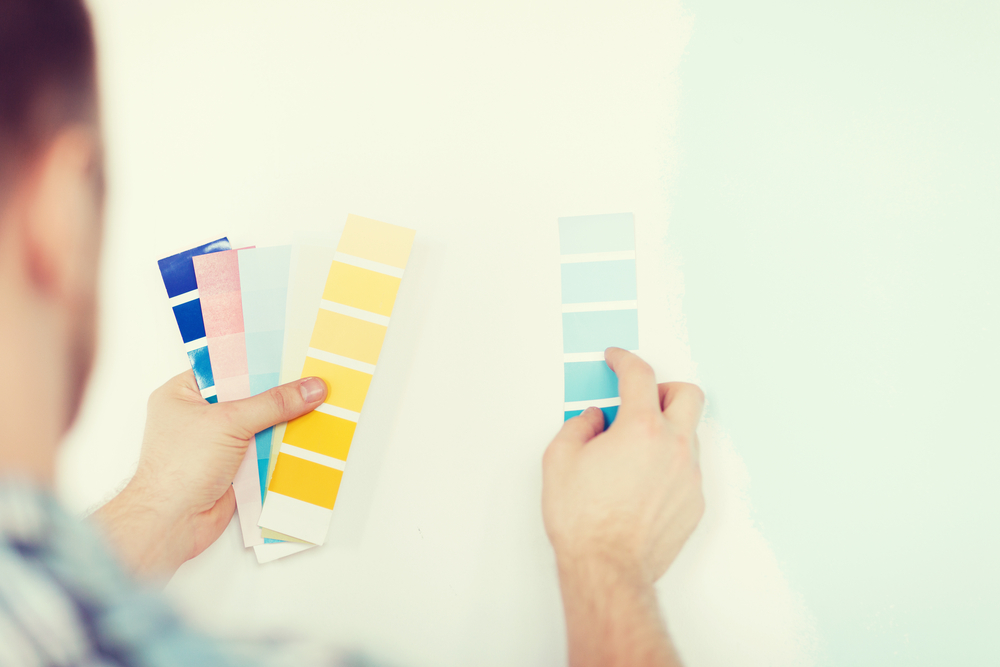
Coordinating Colors for a Cohesive Look
- Complementary vs. Analogous Colors: Use the color wheel to select colors that will work well together, ensuring your space feels balanced.
- Using a Color Palette Generator: Online tools can help you build a cohesive color scheme, making it easier to select accent colors.
Psychological Effects of Colors
- How Colors Affect Mood and Behavior: Incorporate colors that enhance how you want to feel in your space. For instance, incorporating calming blues in a bedroom can promote relaxation.
- Choosing Colors for Wellness: Certain colors can contribute to overall well-being, making spaces feel more comforting and supportive.
Common Mistakes to Avoid
- Ignoring Undertones: Pay attention to the undertones of your chosen colors. A color might look gray under store lighting but have a lavender undertone in natural light.
- Forgetting About the Ceiling and Trim: Your paint color selection should consider all elements of the room, including the ceiling and trim, for a cohesive look.
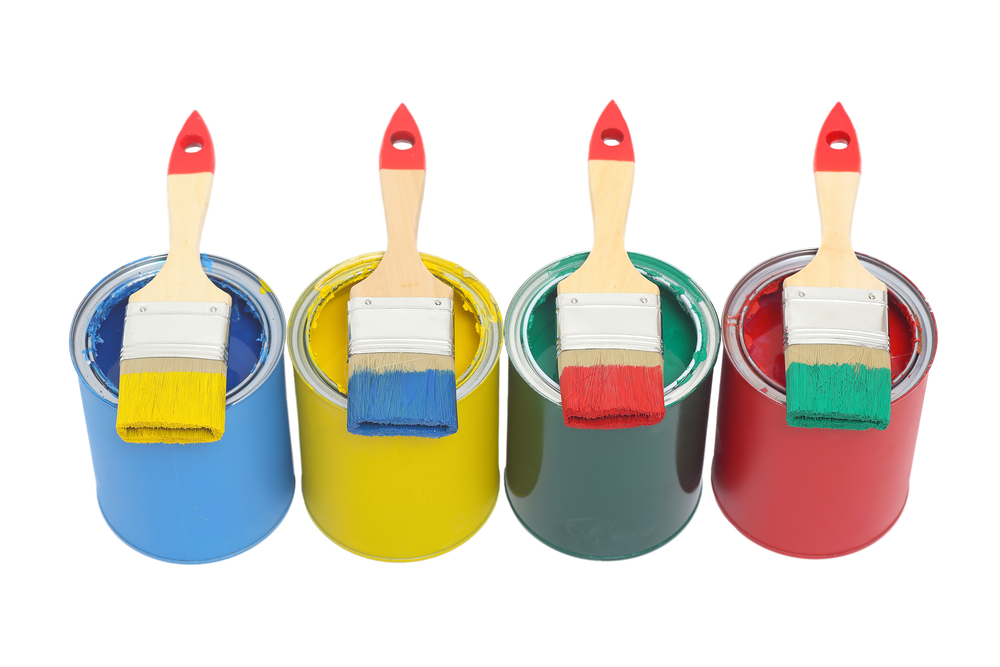
FAQs
How does lighting affect paint color selection?
Lighting plays a crucial role in paint color selection because it can significantly alter the appearance of colors in a room. Natural daylight shows the truest color, while incandescent lighting brings out warm tones and fluorescent lighting draws out cool tones. The direction of natural light (north, south, east, or west) also affects the light quality and, consequently, how a color looks.
A color might appear lighter and more vibrant in a south-facing room with ample sunlight but subdued and cooler in a north-facing room. Therefore, it’s essential to consider the room’s lighting conditions when selecting paint colors to ensure the chosen hue looks as intended throughout the day.
Can paint finishes really change the perception of color?
Yes, paint finishes can significantly change the perception of color. A matte or flat finish absorbs light, which can make a color appear deeper and more saturated. Conversely, glossier finishes reflect light, which can make colors appear brighter and more dynamic.
The finish also affects the texture and feel of the walls. For instance, higher gloss finishes can highlight imperfections in the wall’s surface, whereas matte finishes are more forgiving. Choosing the right finish is as important as selecting the color itself, as it contributes to the overall mood and aesthetic of the room.

What are some tips for matching paint colors to furniture?
Matching paint colors to furniture involves considering the dominant, secondary, and accent colors within your furniture and decor. Start by identifying the most prevalent color in your furniture, which will serve as a guide for choosing complementary or analogous wall colors. For a harmonious look, pick wall colors that are either a few shades lighter or darker than the dominant furniture color.
Using neutral wall colors can also provide a versatile backdrop that allows your furniture to stand out. For a cohesive interior design, incorporate accent colors from your furniture into decorative elements like throw pillows, rugs, or artwork on the walls.
How do I choose a paint color for a small room?
Choosing a paint color for a small room often involves selecting shades that can make the space feel larger and more open. Lighter colors, such as whites, creams, light grays, and pastels, are known to reflect more light and create a sense of openness, making them ideal for small spaces.
Additionally, using a monochromatic color scheme or painting the walls and trim the same color can help blur the boundaries between the walls and the ceiling, creating the illusion of height and space. For a more dynamic look, consider using a bold accent wall in contrast with lighter surrounding walls to add depth and interest without overwhelming the room.
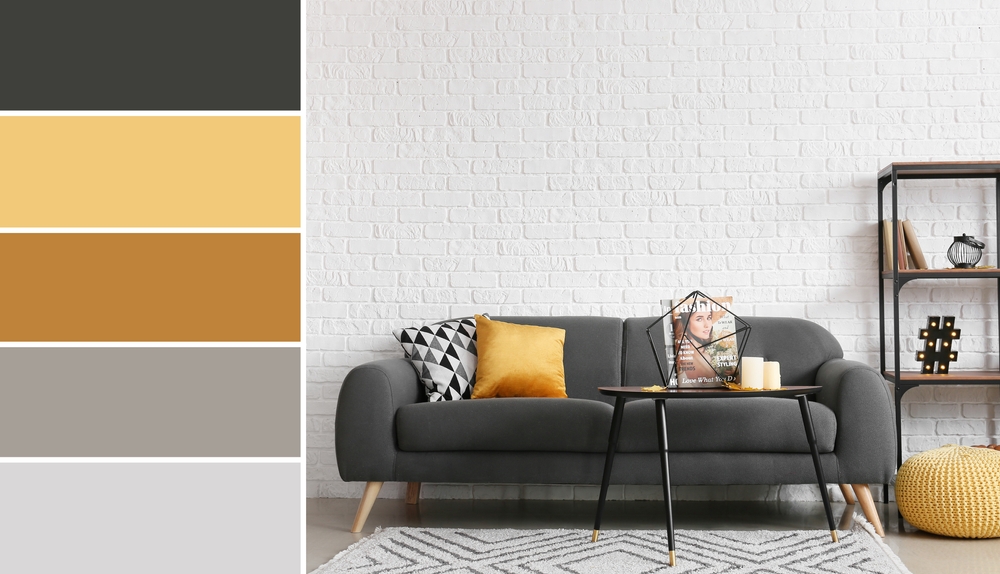
Why is testing paint colors on the wall important?
Testing paint colors on the wall is important because it allows you to observe how the color interacts with the room’s specific lighting conditions and complements the existing decor and furniture. Paint swatches or sample cans applied directly to the walls can show how a color changes throughout the day and in different lighting scenarios, providing a more accurate representation than a color chip.
This step can prevent dissatisfaction after the painting is completed, ensuring the chosen color truly matches your vision and the room’s ambiance.
How can I stay updated on current paint color trends?
Staying updated on current paint color trends can be achieved by following interior design magazines, websites, and social media accounts. Many paint manufacturers and home decor brands also release annual color trend forecasts and color of the year selections, which can provide inspiration and insight into upcoming trends.
Attending home improvement and design expos, as well as subscribing to design newsletters, are additional ways to keep abreast of the latest in color trends, ensuring your home remains stylish and contemporary.
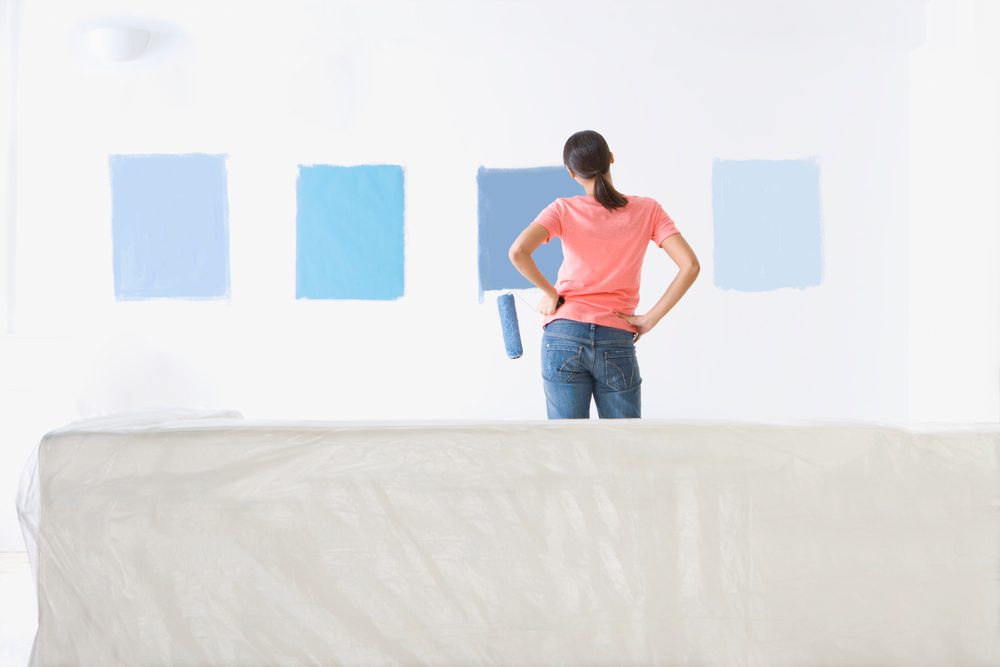
Properly picking a paint color involves understanding the basics of color theory, considering the room’s lighting, function, and desired mood, and using samples effectively. By following these steps and avoiding common pitfalls, you can confidently choose a paint color that enhances your home’s beauty and reflects your personal style.






